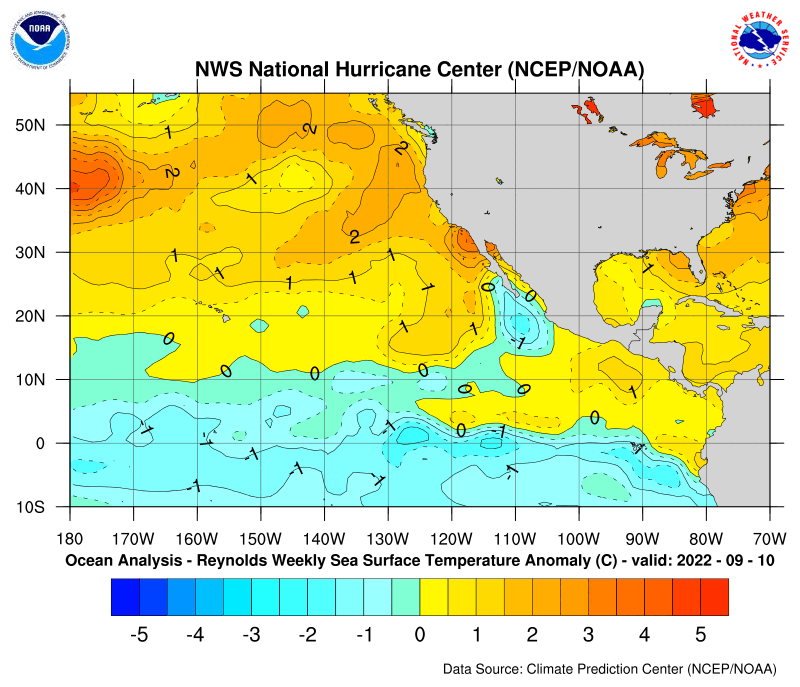artist wrote:cycloneye - do you mind giving a brief summary of what they are now thinking and how it might affect the season to come.
EL NIÑO/SOUTHERN OSCILLATION (ENSO)
DIAGNOSTIC DISCUSSION
issued by
CLIMATE PREDICTION CENTER/NCEP
12 July 2007
Spanish Version
Synopsis: ENSO-neutral conditions are expected to continue during the next 2 months, with ENSO-neutral or La Niña conditions equally likely thereafter.
ENSO-neutral conditions continued in the tropical Pacific during June 2007, with average to below-average sea surface temperatures (SSTs) extending from the date line to the west coast of South America (Fig. 1). The latest weekly SST departures are negative in the Niño 1+2 (-1.1oC), Niño 3 (-0.6oC), and Niño 3.4 (-0.3oC) regions, while remaining near zero in the Niño 4 (+0.1oC) region (Fig. 2).
The evolution toward La Niña conditions slowed during June 2007. The upper-ocean heat content (average temperatures in the upper 300 m of the ocean) in the central and east-central equatorial Pacific remained below-average, but departures were less negative (Fig. 3), consistent with the increased temperatures at thermocline depth (Fig 4). The low-level easterly winds remained stronger than average in the west-central equatorial Pacific, with suppressed convection across the equatorial Pacific and a weak area of enhanced convection over parts of Indonesia and northern Australia. Collectively, these oceanic and atmospheric patterns are consistent with ENSO-neutral conditions.
Nearly all of the model forecasts predict below-average SSTs in the Niño 3.4 region (5oN-5oS, 120-170oW) during the remainder of the year (Fig 5). A majority of the statistical models indicate a continuation of ENSO-neutral conditions through the summer months, with several statistical models forecasting weak La Niña conditions during the fall or winter. In contrast, most dynamical models, including the NCEP Climate Forecast System (CFS), continue to predict a transition to La Niña within the next three months. However, several of the dynamical models have recently been predicting a stronger and more rapid cooling than has actually occurred. Given the large spread in ENSO forecasts, along with the slower than expected decrease in observed SSTs over the past few months, it is reasonable to expect either a slower evolution toward La Niña conditions or the continuation of ENSO-neutral conditions.
The above is from the 12th of July update and you can see the change of language from then to today August 6.About the Atlantic Hurricane Season,CPC in their updates does not talk about the hurricane season but only about the data from the ENSO factor.








